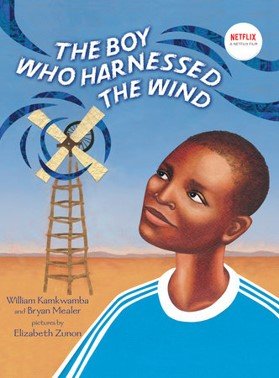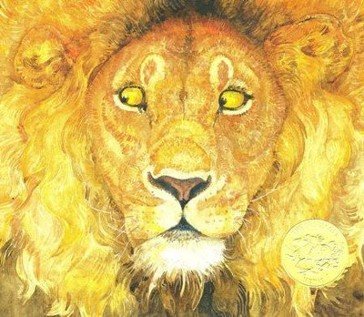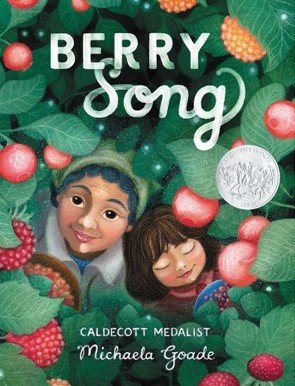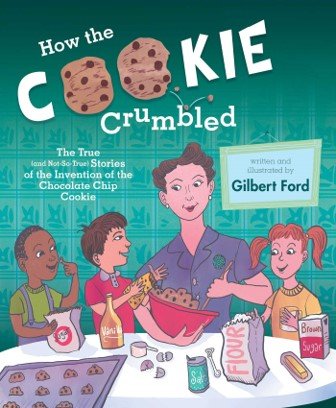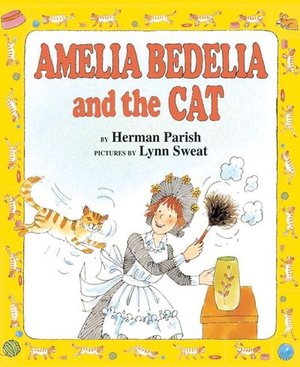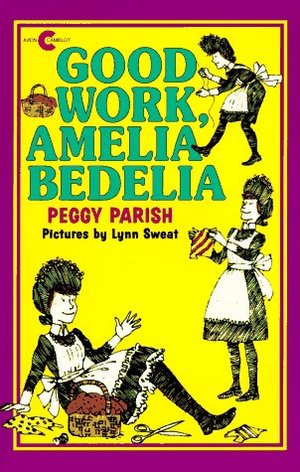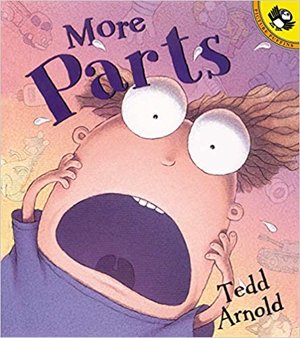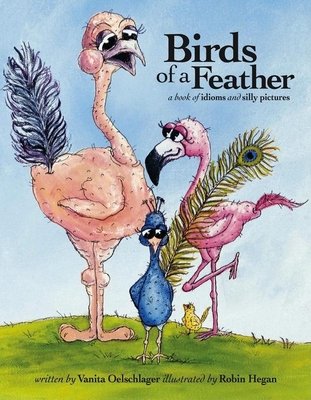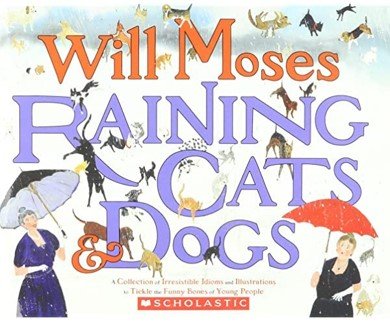Teaching Similes and Idioms Through Interactive Read-Alouds
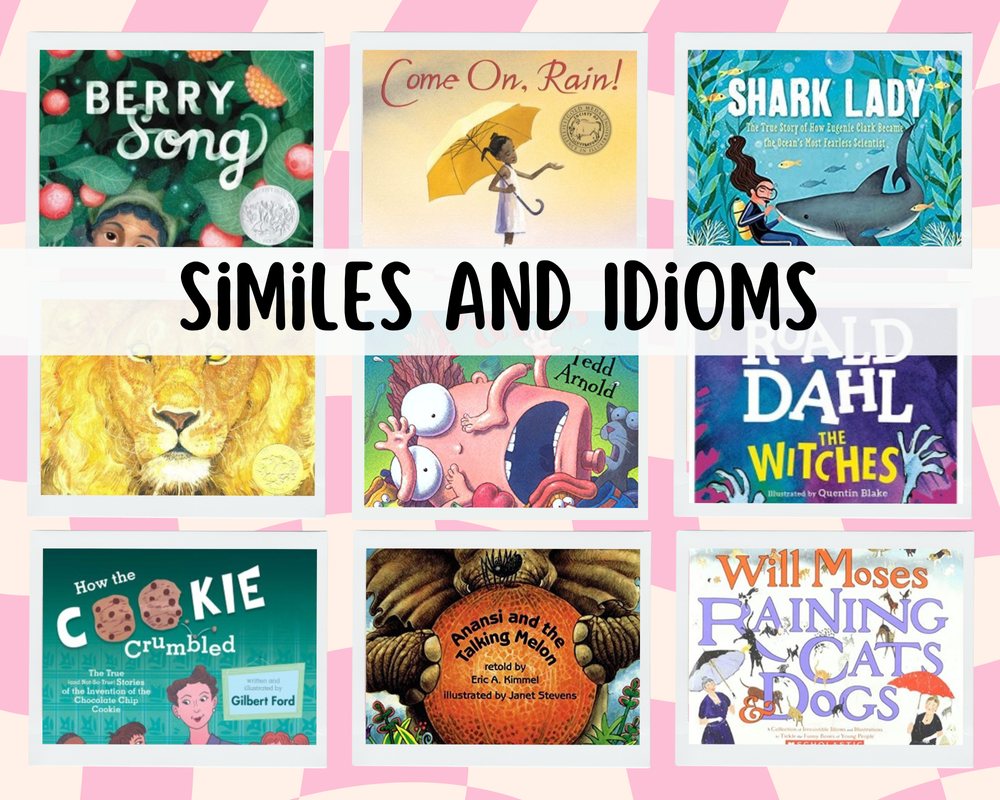
If you are an elementary teacher looking for mentor texts to teach similes and idioms then boy are you in the right place! Read on for lesson ideas and plenty of awesome book recommendations!
I always start by teaching the term figurative language.
I say it. They say it. We keep saying it because it rolls off our tongues like a fancy-feeling foreign language and boy do we love to sound like fancy foreigners.
I go on to describe figurative language as an author’s toolbox of special words and phrases that help him/her to write more descriptively. Picture, if you will, an author sitting down at her desk, pulling out an elegant, ornate box from a secret, hidden drawer, and opening it up to find exactly the descriptive words she was looking for! When we hear forms of figurative language it helps us to visualize what is going on in the text more vividly—which makes being a reader way more interesting!
Here are some fantastic trade-books that I use to demonstrate two very important forms of figurative language, similes and idioms, in real forms of writing. No worksheets involved; just good ‘ole discussion and interaction with the text.
*As an Amazon Associate, I earn a small amount from qualified purchases.*
{SIMILES} Come On, Rain!
“I am sizzling like a hot potato.”
Newbery Medalist Karen Hesse does a phenomenal job of showing, not telling her readers the glorious experience of a quenching rainstorm on a sweltering summer day. “Up and down the block, cats pant, heat wavers off tar patches in the broiling alleyway.” Gah, so good.
{SIMILES} Anansi and the Talking Melon
In this folktale, Anansi is a trickster spider who loves riling up the other animals. He bores a hole in Elephant’s melon and eats so much that he is too fat to fit through the hole and must wait until he is thin again to make his exit. While he is overcome with boredom in waiting to be thin, he decides to pretend that he is a talking melon. Elephant hears a voice from the melon and rushes it to show the King, bringing his friends along in the process. There are only a few similes, but they are funny ones! I have students listen carefully and put up a quiet thumb when they hear a simile. When I notice the thumbs start popping up, we stop and talk about what two things are being compared.
I challenge students to go home and retell this story using at least one simile!

{SIMILES} Shark Lady
The bio of marine biologist and world-renowned shark expert, Eugenie Clark. Her dream of studying the ocean was as big as a whale shark! Not only are there terrific similes (“thumbs up when you hear a simile!”) but the story of her life and how she overcame obstacles as a woman scientist are inspiring to kids of all ages and genders. And have you ever met a kid who wasn’t fascinated by anything shark-related??
{SIMILES} The Boy Who Harnessed the Wind: Picture Book Edition
“A crowd gathered below and gazed at this strange machine that now leaned and wobbled like a clumsy giraffe.”
The true story of William Kamkwamba’s perseverance in bringing water and electricity to his African village. When his family slowly begins to starve due to a severe drought, fourteen-year-old William decides to do something about it. Although forced to stop attending school, his brain didn’t stop wondering, tinkering, and brainstorming. Using an English dictionary, he pored over science books at the library and spent hours sifting through pieces of trash at the junkyard looking for just the right pieces. Those pieces would create a windmill, whose turning blades produced wind power, providing electricity, water, and relief to his struggling village.
{SIMILES} The Lion and the Mouse
There are no words, thus no author in this beautifully illustrated version of Aesop’s fable. It’s easy to see why Jerry Pinckney won a Caldecott Medal, and students will be clambering to get a good look at the pictures up close. The best part of using this wordless book is that students can come up with their own similes as you retell the story together.
{SIMILES} Berry Song
“The berries sing to us, glowing like little jewels.”
Holy wow, are these illustrations dynamo! Michaela Goade transports us to her native Alaska, where the images are so magical you’ll find yourself longing to be transported to the land of the berries right then and there. A young girl and her grandmother go to the forest in search of tléikw (berries), just as their Tlingit ancestors have always done. The grandmother teaches her granddaughter to listen to the forest because we are part of the land, and the land is a part of us. As traditional harvesters, they speak to the berries, to the land, and to their ancestors, offering gratitude for all of the gifts of the forest.
{IDIOMS} How the Cookie Crumbled
“He quickly became the apple of her eye, and it wasn’t long before they were married and cooking up a plan to run their own restaurant.”
“She ran a tight ship, planning the menu and doing most of the cooking herself.”
This mostly-true story of how Ruth Wakefield invented the chocolate chip cookie is filled with so many idioms you’ll think Gilbert Ford wrote it strictly for a lesson on figurative language! I read this book to students twice. The first read is simply to enjoy the story and get a feel for the purpose. The second read is designed for students to pick out idioms. This time, I have them put up a pinkie (an I for Idiom in sign language) to silently show me that they detected an idiom.
{IDIOMS} Good Work, Amelia Bedelia!; Amelia Bedelia and the Cat
“They say it is going to rain cats and dogs.”“Goody!” said Amelia Bedelia. “We will get a free pet. Would you like a cat or a dog?”
Poor, clueless Amelia Bedelia makes us slowly shake our heads with the lunacy of her literal ways. I only read the first few pages of each book (that’s where you will find the obvious idioms) and immediately put them on display because the goal is for students to pick them up and read the rest independently. It’s a great springboard series for reluctant readers and copies are ubiquitous amongst classroom and school libraries.
{IDIOMS} More Parts; Even More Parts
These books have AWESOME illustrations that will make students giggle and open up a dialogue to discuss both familiar and unfamiliar idioms. If you can get your hands on at least one of them you’ll be in good shape to have a solid conversation about idioms!
Tedd Arnold’s hilarious pictures demonstrate a young boy’s consternation at idioms relating to body parts. Students will get a major kick out of (idiom intended, ha) all of the misplaced body part illustrations!
{IDIOMS} Birds of a Feather: A Book of Idioms and Silly Pictures
Birds of a Feather expertly pairs engaging illustrations with descriptions of what the idioms actually mean. What makes it fun is that students have to guess the meaning, and then turn the book upside down to check if they were correct.
{IDIOMS} Raining Cats and Dogs
Will Moses’ folk-artsy illustrations are total winners, although I wouldn’t expect anything less than stellar from the great-grandson of Grandma Moses! I skip around this book, focusing only on the idioms that my class would appreciate, and then placing on a shelf for students to pick up later and peruse independently. They always get a shock and a laugh out of “kick the bucket” and Will Moses’ illustration of a black hearse traveling down a cobblestone street is perfection.
Have a few extra minutes and want to get students up and moving? Play a quick game of Guess that Idiom! Type up some idioms, cut them out, fold them up, and place them in a bowl. Have each student choose one or call one student up at a time. Students will act out their idiom charades-style (although they can certainly talk and make noises) while the class tries to guess which idiom they drew. You’re welcome to download my editable idiom slips to customize to your class!
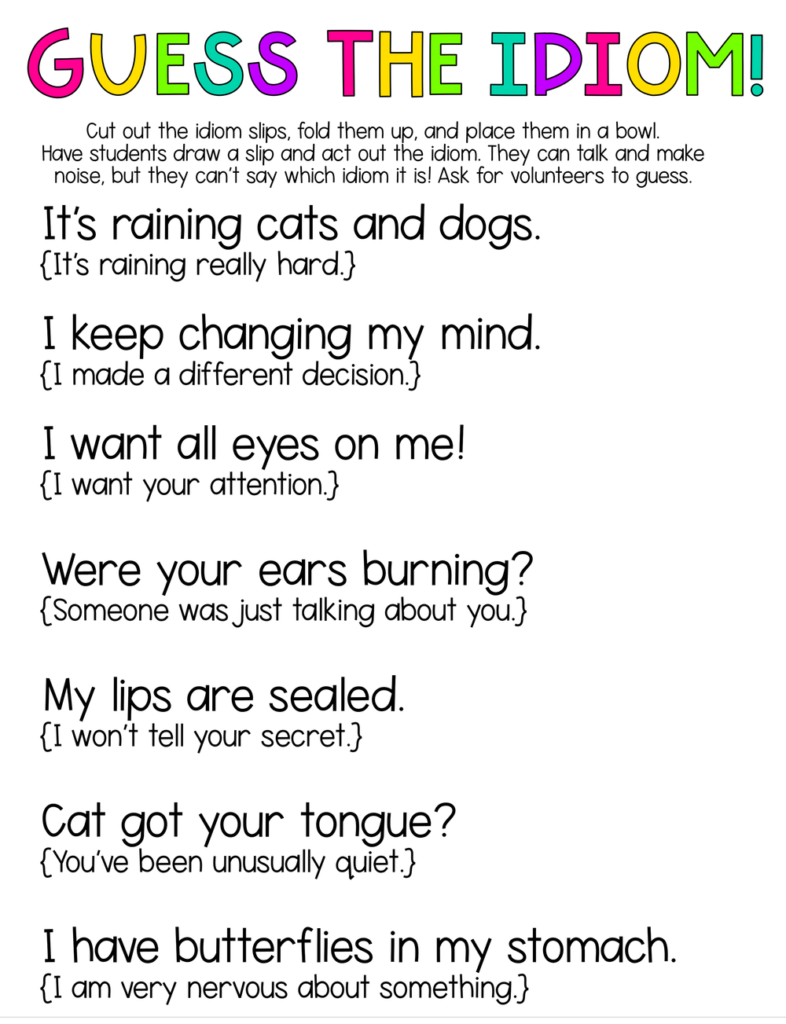
hello, freebie!
Click to download “Guess the Idiom”! It’s a great game to play when you need to fill a few minutes with something fun but still academic 😉
If you’re in need of a good chuckle check out this list of really bad similes.
What are your favorite trade books to use when teaching figurative language?
I’d love to hear about them!



